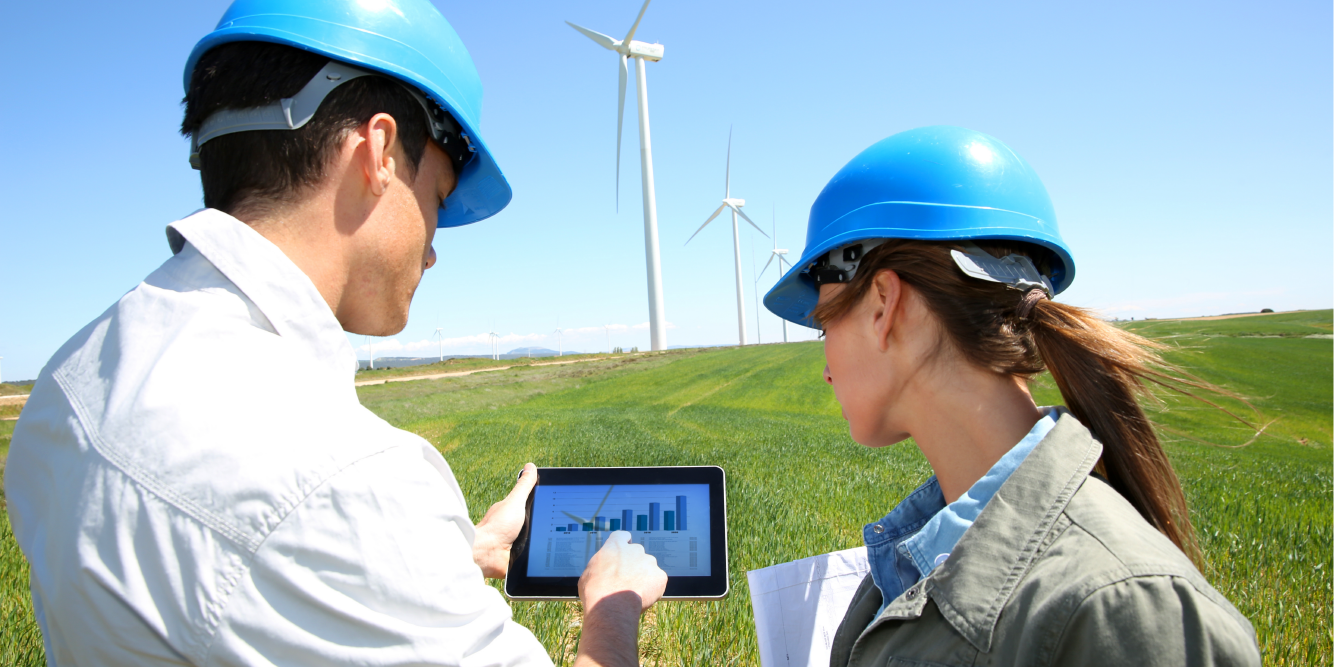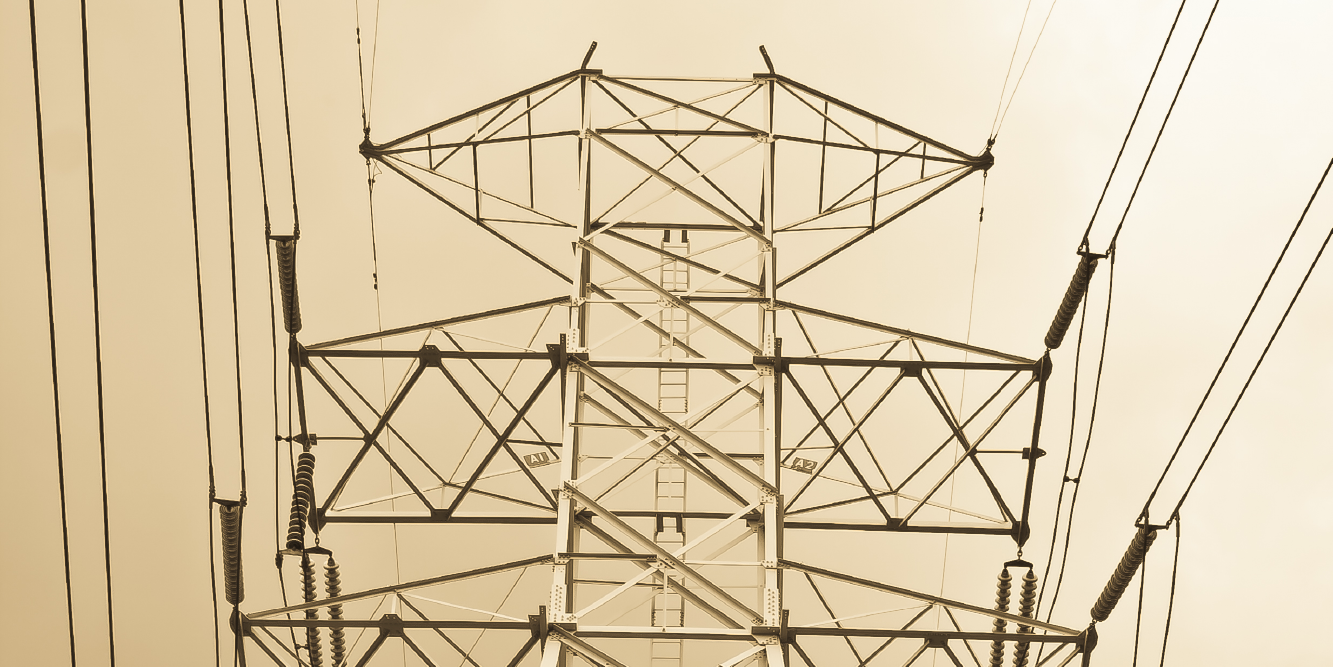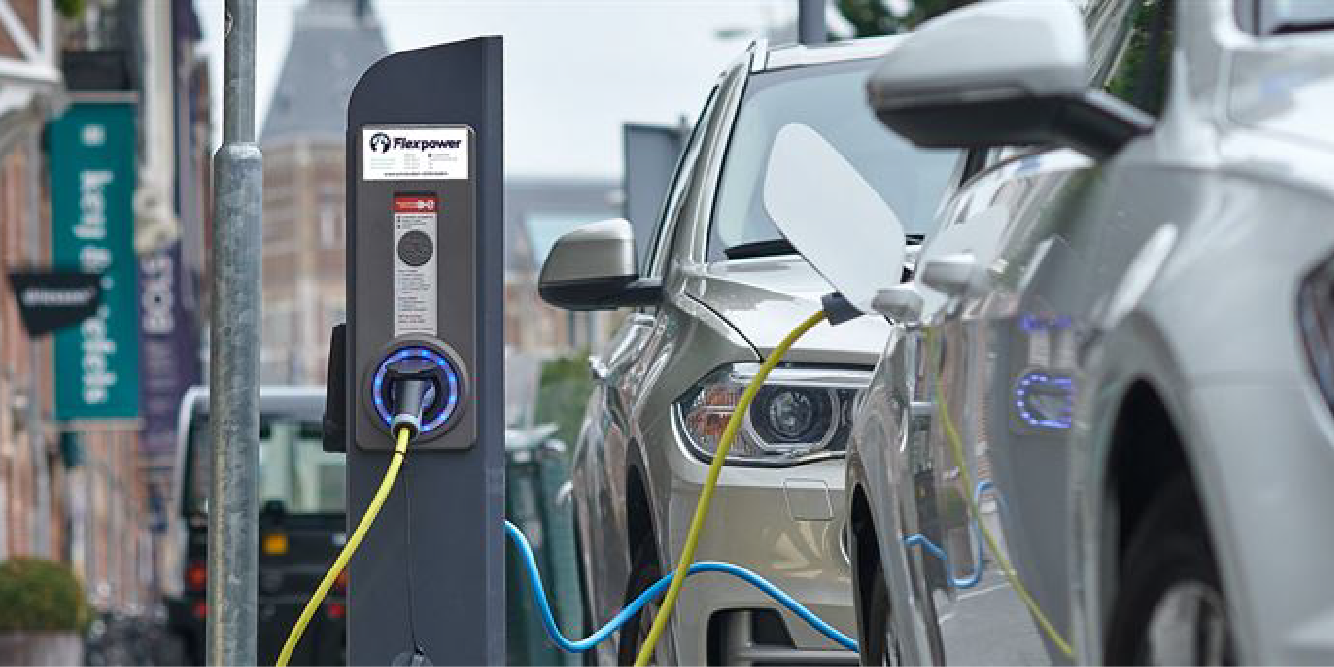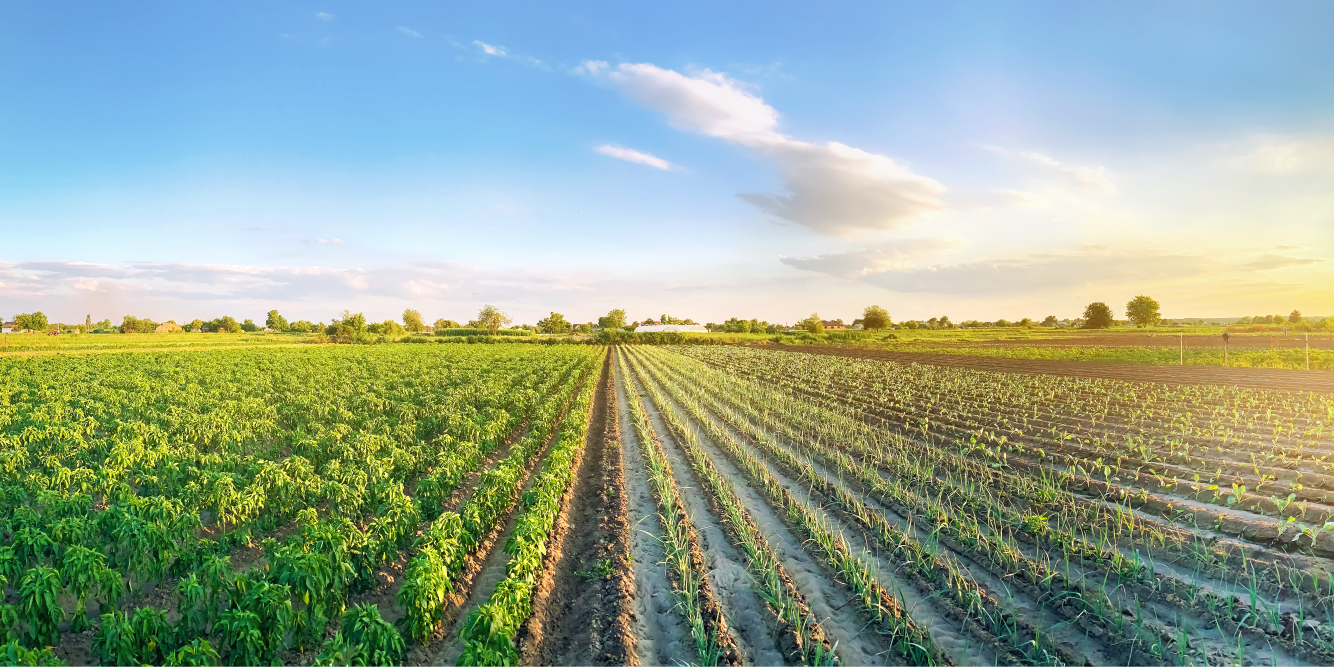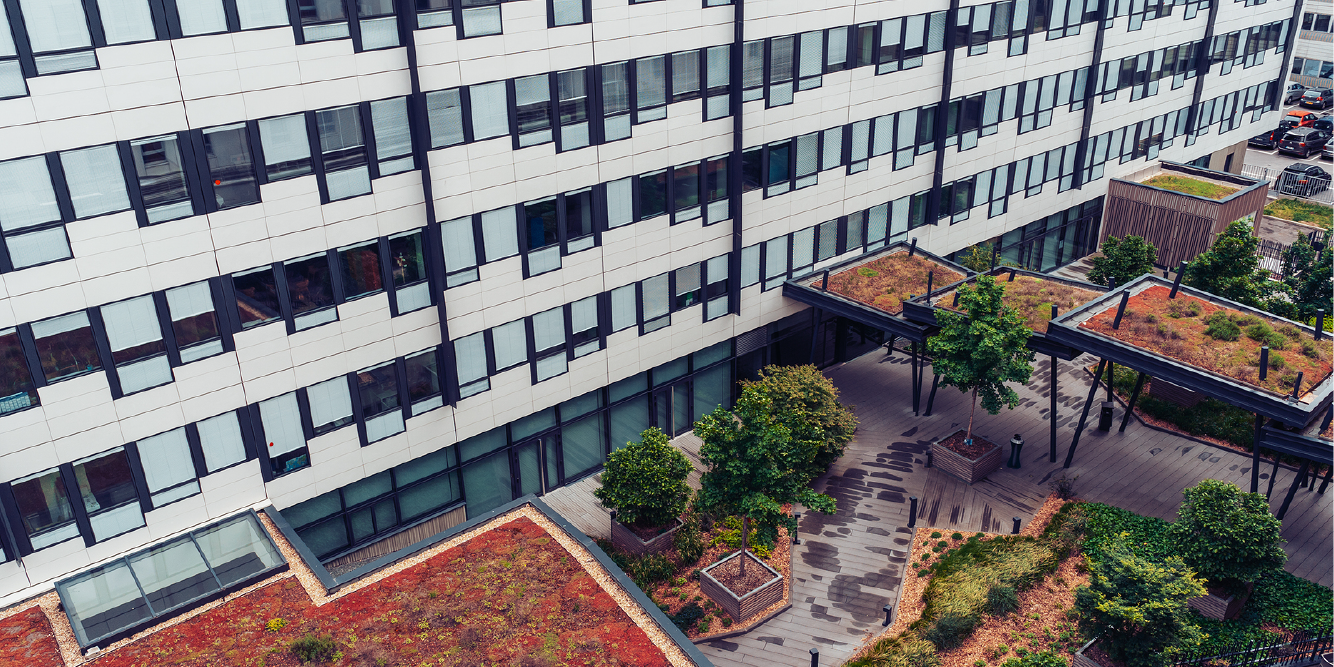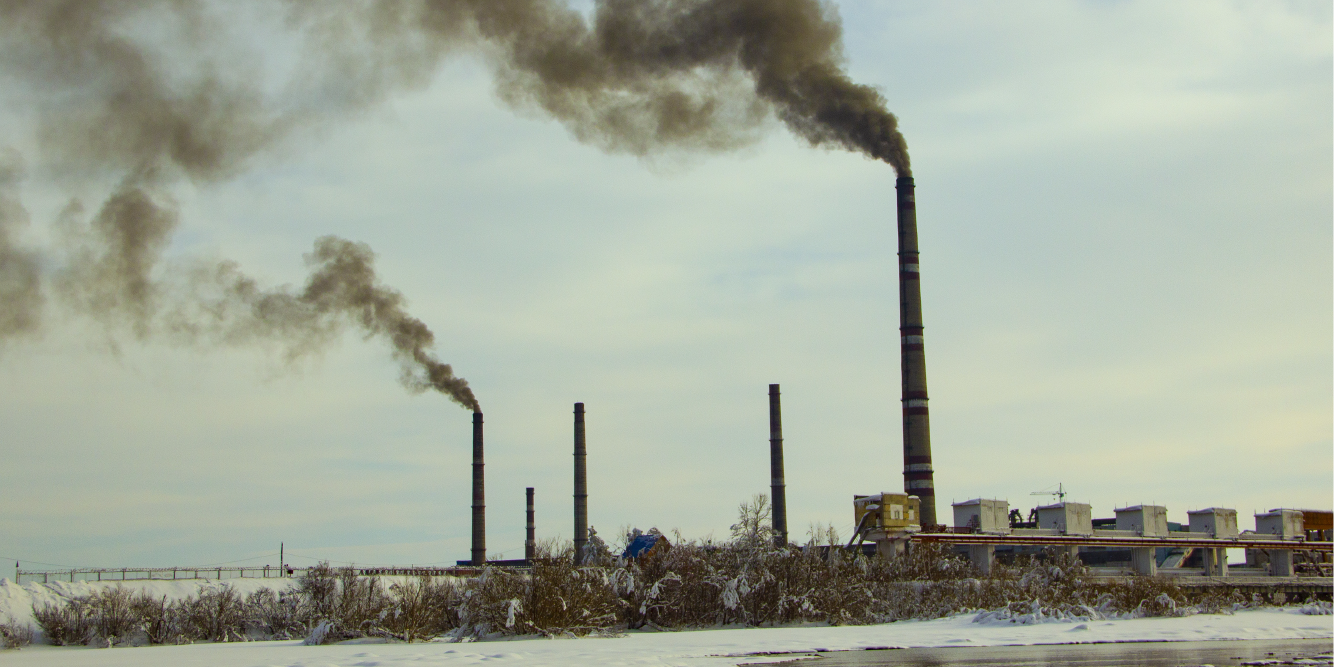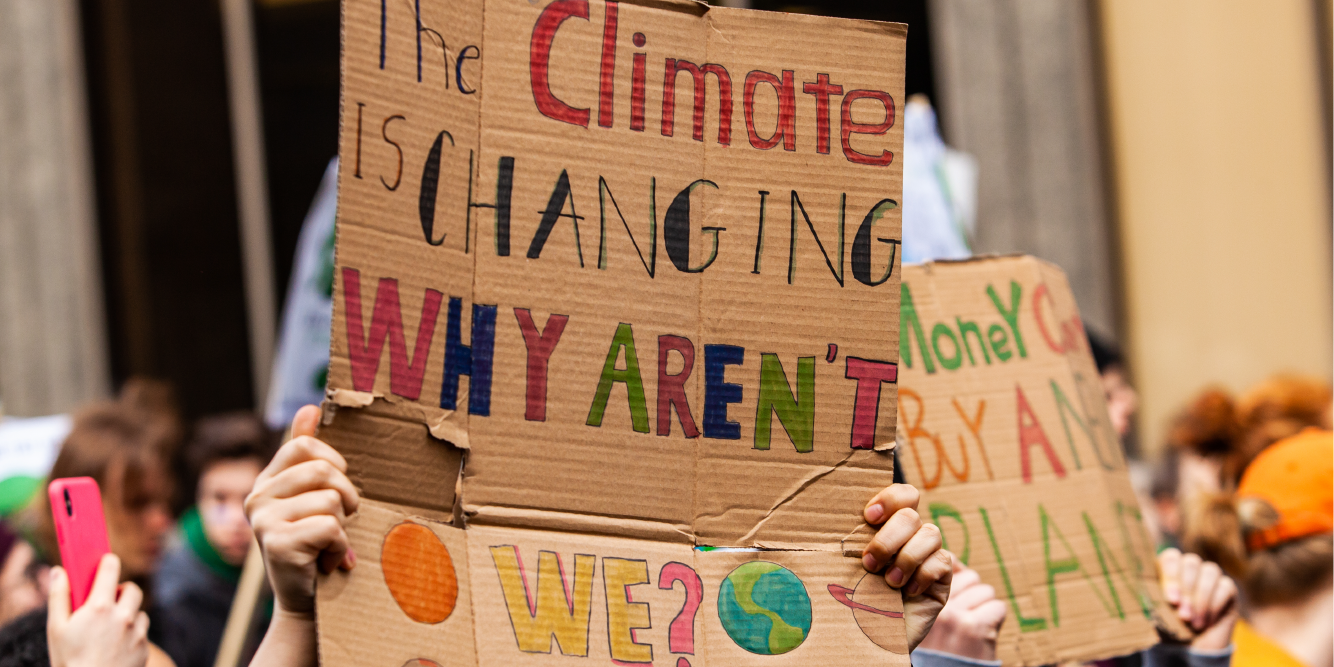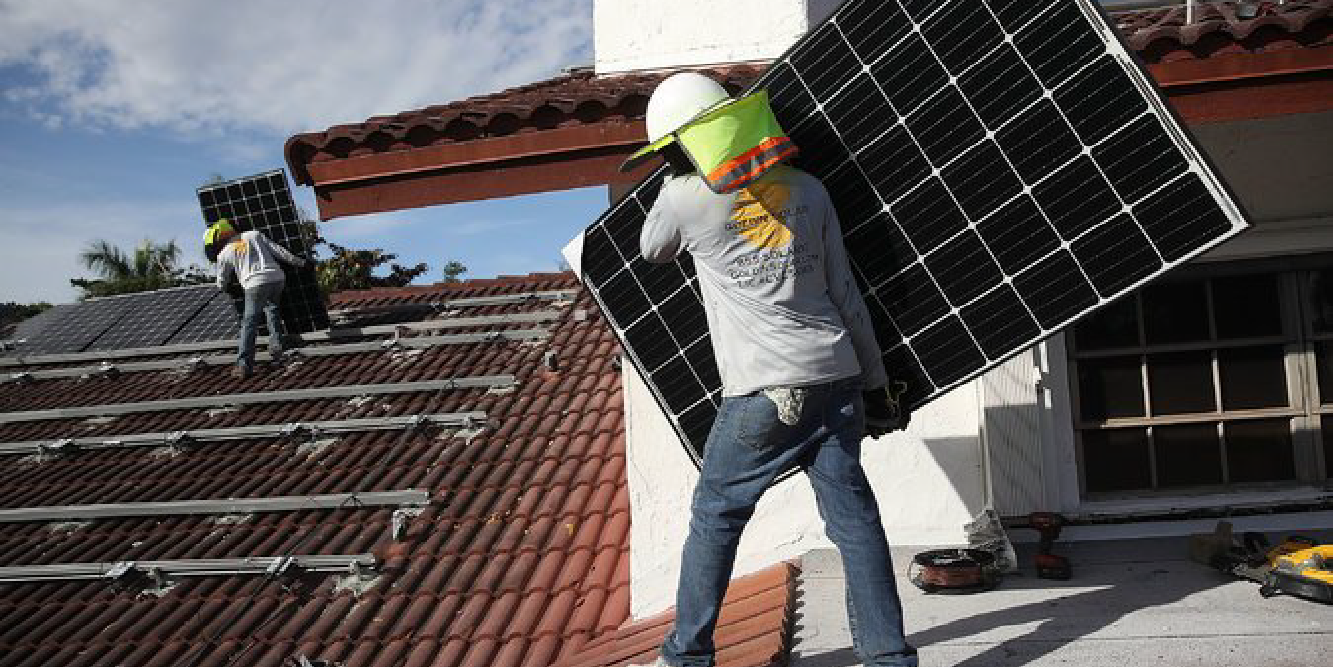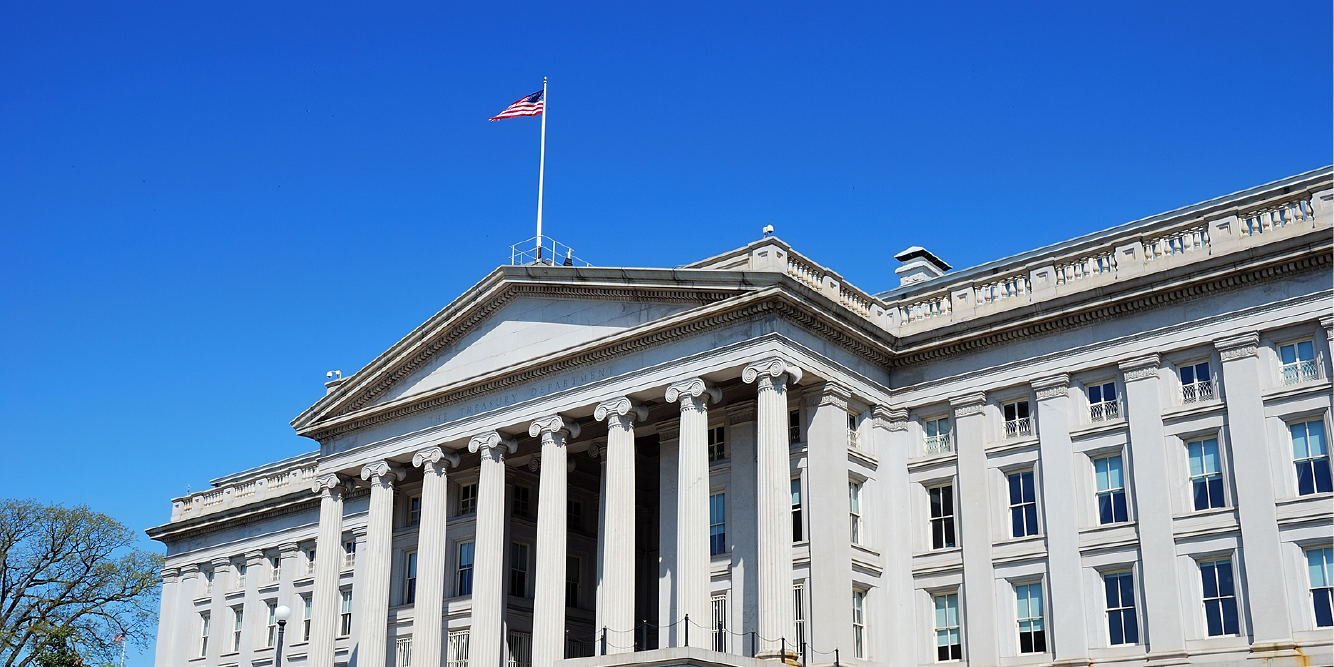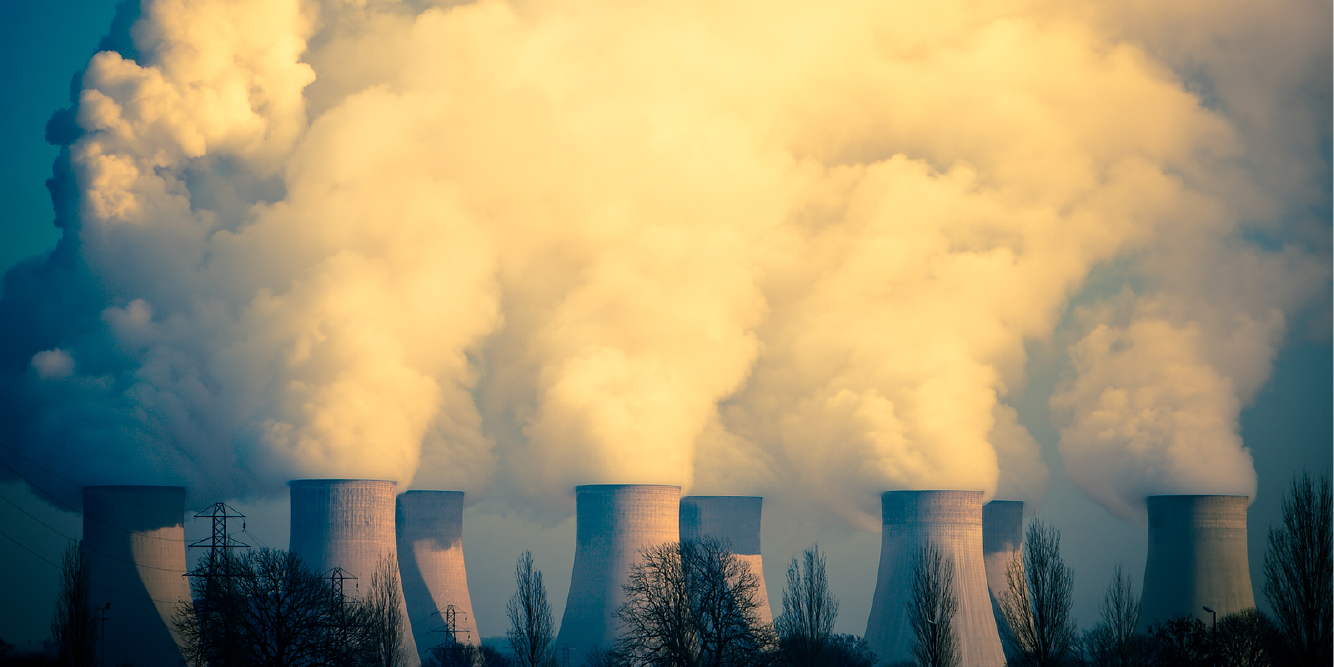Buildings & Energy Efficiency
Reduce Energy Use in Existing Public, Residential & Commercial Buildings
- Retrofits
- Conduct high-quality, deep energy efficiency retrofits of 75% of all existing public and private buildings by 2040 and 100% by 2050 while meeting applicable building safety standards.
- Start by retrofitting (1) economically disadvantaged households; (2) multifamily residential buildings; (3) properties that are rented; and (4) placing additional early focus on the small number of buildings that consume a disproportionate share of energy.
- Upgrade existing homes, including multi-family units and mobile homes in low-income and disadvantaged communities that may not currently be sustainable or habitable. If homes are not habitable and cannot be recovered, use those areas for community green space, affordable housing, or other community benefit.
- Ensure that renters and economically disadvantaged households aren’t negatively affected; retain housing affordability; and prevent gentrification.
- State energy departments and U.S. Department of Energy should track the number of buildings that have received deep energy retrofits in each state, beginning in 2020.
- Equity and justice
- Remove fees for access to renewable energy sources for those who are economically disadvantaged.
- Ensure that houses receive energy efficiency upgrades prior to accessing to renewable energy.
- Provide restitution for victims of predatory lending and other unethical business practices. If companies go bankrupt after receiving federal funding to work on homes, this program will investigate and handle claims as well as seek retribution or recoup funds from those who profit from these practices.
- Ensure energy efficiency work is done by workers earning living wages, working in safe and healthy conditions, with collective bargaining rights, while supporting public jobs programs and prioritizing businesses owned by women and people of color.
- Other supports and incentives
- Expand federal, state, and local funding and financing tools, including property assessed clean energy financing, federal funds for the Weatherization Assistance Program and funding for utility-based low-income weatherization and energy efficiency programs.
- Require utilities to prioritize energy efficiency and demand-side management solutions to reduce overall power demand before considering building new power generation.
Reduce Energy Use in New Residential & Commercial Buildings
- Update state and local building codes to require all new commercial and residential buildings to meet the Architecture 2030 ZERO Code standard by 2025.
- Update building codes to require all new commercial and residential buildings to be onsite net-zero ready by 2025 if physically capable of generating all the energy required to operate the building using onsite energy sources.[12]
- Require proposed commercial and residential buildings to undergo an environmental justice assessment of community impact before receiving building permits.
Electrify Buildings
- New buildings. Update building codes to require all equipment and appliances (as that phrase is used by the Department of Energy, including heating and cooling loads) used in new buildings to operate on electricity by 2025.
- Existing buildings. Require all replacement appliances and equipment that can be powered by electricity to be powered by electricity by 2025.
Appliance standards
- Update federal appliance and equipment efficiency standards every two years, or as often as is practicable, including a forecast of efficiency standards over the coming 10 years.
- Incorporate appliance durability and repairability standards into the efficiency standards.
Use Land Use Laws to Support Energy Efficiency & Climate Resilience
- Leverage transit-oriented development, mixed use zoning, core density, and smaller dwellings to support energy efficiency in the building and transportation sectors.
- Integrate housing policy, land use policy, and transportation policy to advance equity and carbon reduction goals. For example, locate high density, efficient, affordable housing near convenient urban transit.
- Promote climate-wise development practices for resilience. For example, site new development outside of hazard zones such as fire prone landscapes, flood zones, and low elevation coastal zones.
References
[12] Some properties lack the renewable resource base to generate all power affordably on site—for example, tall towers that have thousands of square feet of floor space and little solar exposure.

